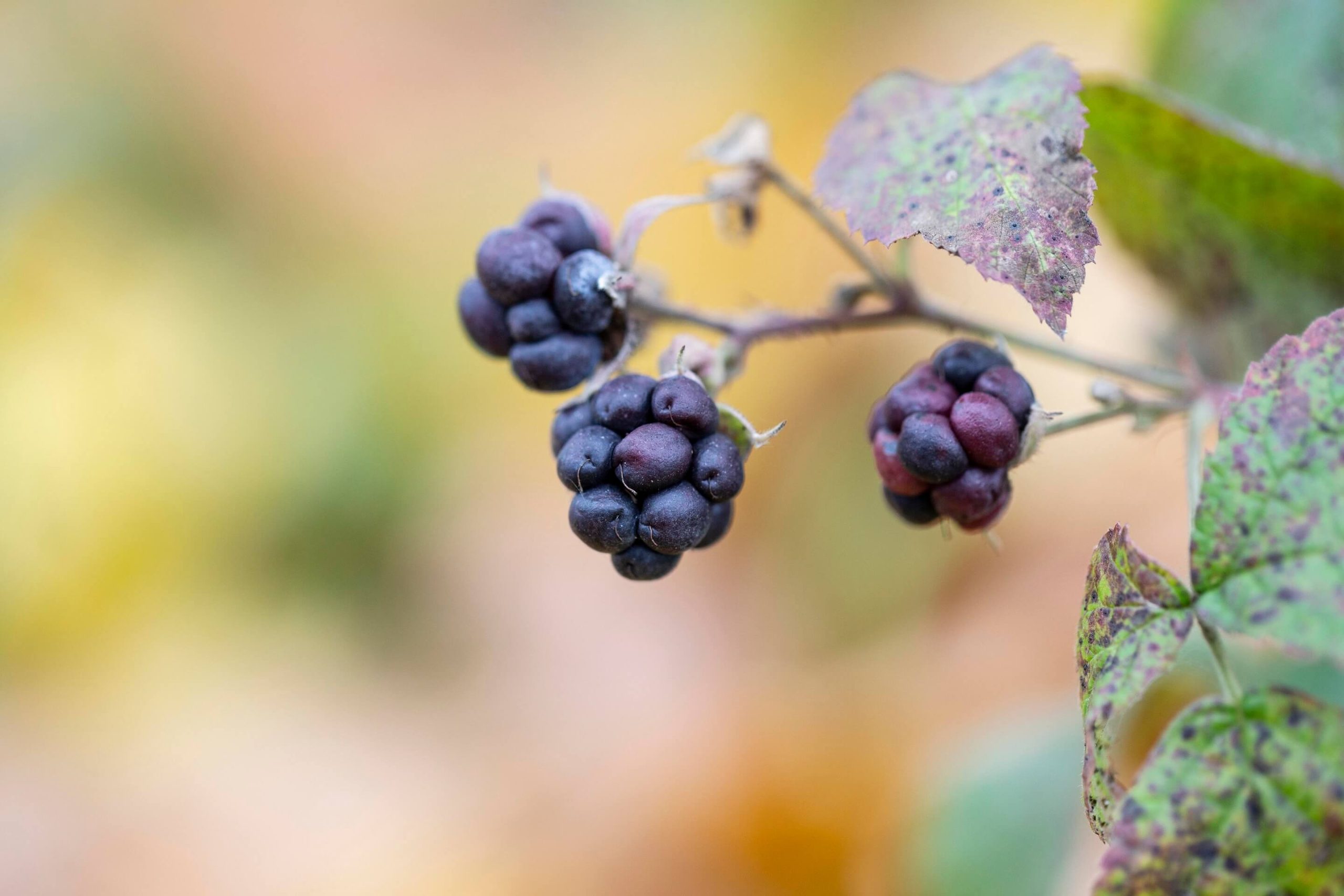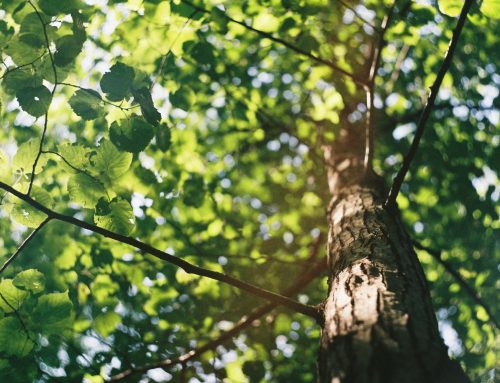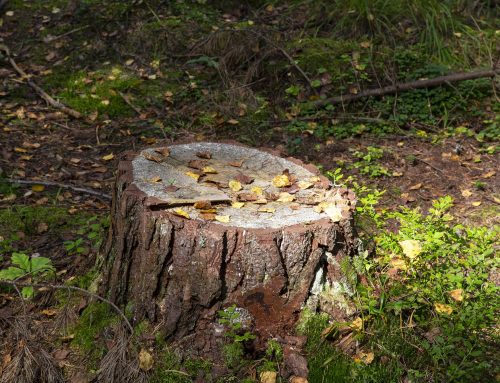Mulberry trees are a captivating addition to any landscape, particularly in Florida where their unique qualities can be fully appreciated. Whether you are a seasoned gardener or a beginner looking to enhance your home’s exterior, understanding the benefits and requirements of mulberry trees can help you make an informed decision. Let’s explore what makes mulberry trees special, the best conditions for their growth, and how to incorporate them into your Florida landscape design.

What is So Special About a Mulberry Tree?
Mulberry trees are renowned for their fast growth, abundant fruit production, and striking appearance. They offer several benefits:
- Fast Growth: They grow rapidly, providing quick shade and a lush canopy within a few years.
- Abundant Fruit: They produce delicious berries that are not only a treat for humans but also attract birds and other wildlife.
- Aesthetic Appeal: With their broad leaves and elegant form, they add visual interest to any landscape.
Where Do Mulberry Trees Grow Best?
Mulberry trees thrive in USDA Hardiness Zones 4-9, making Florida an ideal location for their growth. They prefer well-drained soil and can tolerate a range of soil types, from sandy to clay. Full sun exposure is crucial for optimal fruit production and healthy growth.
Types of Mulberry Trees
There are several types of mulberry trees suitable for Florida landscapes:
- Red Mulberry (Morus rubra): Native to North America, this variety produces sweet, dark purple to black berries.
- White Mulberry (Morus alba): Originally from China, it is known for its white to light purple fruit and its use in silkworm cultivation.
- Black Mulberry (Morus nigra): This variety has the most intense flavor and is highly prized for its dark, juicy berries.
How to Grow Mulberry Trees
Growing them from seed is a rewarding but time-intensive process:
- Seed Collection: Harvest ripe berries and separate the seeds by soaking the fruit in water and then straining.
- Stratification: Mimic natural winter conditions by placing the seeds in a damp paper towel inside a plastic bag and refrigerating for 60-90 days.
- Planting: After stratification, plant the seeds in pots filled with a mixture of peat and perlite. Keep the soil moist and place the pots in a sunny location.
- Transplanting: Once the seedlings are robust enough, they can be transplanted to their permanent location in the garden.
Potting and Repotting Mulberry Trees
For those with limited space, mulberry trees can be grown in containers:
- Initial Potting: Use a large pot with good drainage. Fill it with a well-draining potting mix.
- Repotting: Repot the tree every 2-3 years or when roots outgrow the container. Choose a pot that is one size larger each time.
- Care: Ensure the tree receives adequate water and sunlight. Fertilize during the growing season for best results.
Common Problems with Mulberry Trees
While generally hardy, they can encounter some issues:
- Pests: Watch for aphids, whiteflies, and spider mites. Use natural insecticides or introduce beneficial insects to control infestations.
- Diseases: Fungal diseases such as powdery mildew and leaf spot can occur. Ensure good air circulation and avoid overhead watering to prevent these issues.
- Fruit Drop: This can be caused by overwatering, nutrient deficiency, or temperature fluctuations. Maintain consistent care to minimize fruit drop.
Are They Low Maintenance?
Yes, mulberry trees are relatively low maintenance compared to many other fruit trees. They are drought-tolerant once established and do not require extensive pruning. Regular watering, occasional fertilization, and monitoring for pests and diseases are usually sufficient to keep them healthy.
Incorporating Mulberry Trees into Landscape Designs in Florida
Mulberry trees can be a focal point in landscape design due to their size and beauty. Here are some ideas:
- Shade Trees: Plant them in areas where shade is desired. Their broad canopy can provide relief from the hot Florida sun.
- Ornamental Trees: Use them as standalone specimens in the front yard to create a dramatic visual impact.
- Wildlife Gardens: Their fruit attracts birds and pollinators, making them perfect for wildlife-friendly gardens.
Complementary Plantings and Design
Mulberry trees can be complemented with various other plants to enhance the landscape design:
- Ground Covers: Plants like clover or creeping thyme can be grown beneath mulberry trees to add texture and color.
- Flowering Shrubs: Hydrangeas and azaleas can be planted nearby to add a burst of color and contrast.
- Edible Gardens: Incorporate mulberry trees into edible landscapes alongside other fruit trees, vegetables, and herbs for a productive garden.
Maintenance Tips
To ensure your mulberry trees remain healthy and vibrant, follow these maintenance tips:
- Watering: Provide consistent moisture, especially during dry periods. Mulch around the base to retain soil moisture.
- Fertilizing: Apply a balanced fertilizer in early spring to support new growth and fruit production.
- Pruning: Prune dead or diseased branches and shape the tree in late winter or early spring.
- Pest and Disease Control: Regularly inspect your trees and take early action against pests and diseases to prevent serious damage.
Incorporating mulberry trees into your Florida landscape can transform your outdoor space into a lush, vibrant, and productive oasis. These trees offer a unique blend of beauty, functionality, and low maintenance, making them an excellent choice for any garden. Whether you’re looking to add shade, attract wildlife, or simply enjoy their delicious fruit, these trees can meet your needs.
Ready to enhance your landscape with elegance and charm? Contact Cutters Edge today to get started. We specialize in creating beautiful, sustainable landscapes tailored to your vision. Let us help you design and maintain a garden that you’ll love for years to come. Reach out now to schedule a consultation and take the first step toward your dream landscape.






